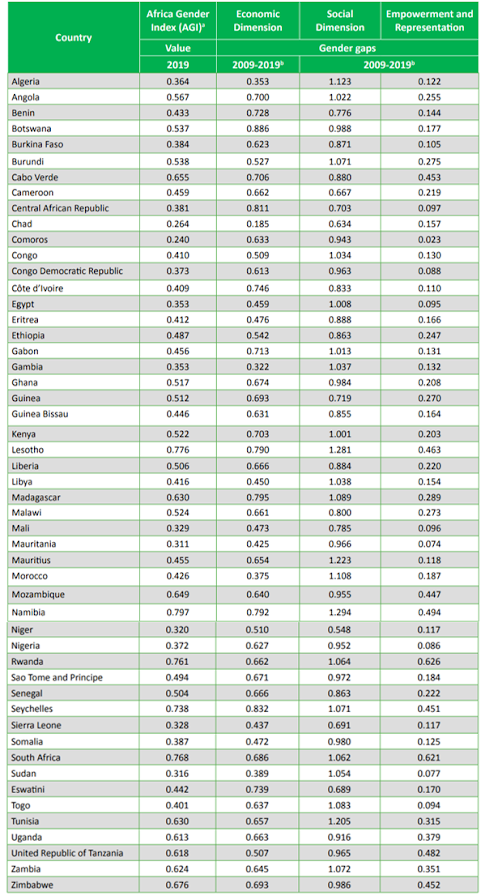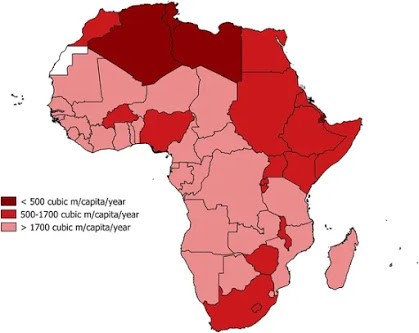Gender Mainstreaming and Water related development
This
blog will look to provide some contextual background regarding the concept of
‘gender mainstreaming’ as an evolving aspect of development narratives
particularly regarding water and how this has shaped the effectiveness of
policies and intervention over time.
Gender
mainstreaming first
indirectly referred to in the 1985 United Nations World Conference on Women in
Nairobi and finally introduced in the 1995 United Nations World
Fourth Conference on Women in Beijing is defined as:
“The process of assessing the implications for women and men of any planned action, at all levels. It is a strategy for making women’s as well as men’s concerns and experiences an integral dimension of the design, implementation, monitoring and evaluation of policies and programmes… so that women and men benefit equally, and inequality is not perpetuated (UNESOC, 1997).
So how did we get to gender mainstreaming?
The
narrative has significantly developed from Women In Development (WID) approach
in the 1970s which focussed on ‘women’s issues’ in isolation without discussing the influence of gender relations(UNRSID, 2016).
The
Gender and Development approach came about in the 1980s a reflection of the
increasing feminist ideas that looked at the impact of development on both men
and women and the way gender relations identify specific roles responsibilities often detrimental to women.
The widespread adoption of gender mainstreaming by institutional and international actors such as all UN bodies has helped amplify and reassert focus on ensuring the implementation of gender perspectives in their projects and actions.
Recently the African Development Bank, the United Nations Economic Commission for Africa and UN Women unveiled details of its Africa Gender Index report(AFDB,2020) as shown in Table 1. Studies suggests that gender inequality is a barrier to growth in SSA and removing these will allow African economies to grow(Blackden et al,2006). The index works on a scale of 0 to 2 where if the value is closer to 1 then there is no gender gap and essentially gender equality. Indexes like these that break down gender gaps through different dimensions allows development initiatives to recognise where implementations can be considered.
 |
| Africa Gender Index and Component Indices Gap source |
Gender mainstreaming in water management
In the video below, it highlights how if government policies and economic structures do not implement the advancement of women then it is simply a conversation despite increasing women’s voice in decision-making bodies being imperative to their inclusion in the economic sphere (UNESCO,2008). In rural Senegal, water supply networks are managed by local rural water users’ associations (WUA’s) for which the government has applied strict gender representation quotas (World Bank,2020). Each delegation part of the management community must have at least 50% women. Quota setting like this despite some success in including women, can however be perceived as tokenism where despite women’s physical presence in spaces of representation and decision making their voices may still not be heard(). What is necessary to highlight is the importance of education. In particular educating boys from a young age to see the importance of equality as well as recognising that equity favours the entire community.
A success story: Ghana
A rural water project in Samari-Nkwanta community (UN,2005) where farming is the main source of livelihood engages 60% of the economically active population. The project addressed the presence of Guinea worm found in ponds and water holes that the community drew water from. Through engaging with high levels of community participation and gender integration the initiative supplied the village with two boreholes fitted with hand pumps, two ventilated improved pit latrines and a urinal. The key factors to success are cited as the gender sensitive approach and mass awareness training programme and ensuring both men and women are equally represented on the water committee. Furthermore, ensuring water users are responsible for the water system’s maintenance and operation and increased recognition and visibility of women’s roles and adoption of ownership by both men and women.


Comments
Post a Comment